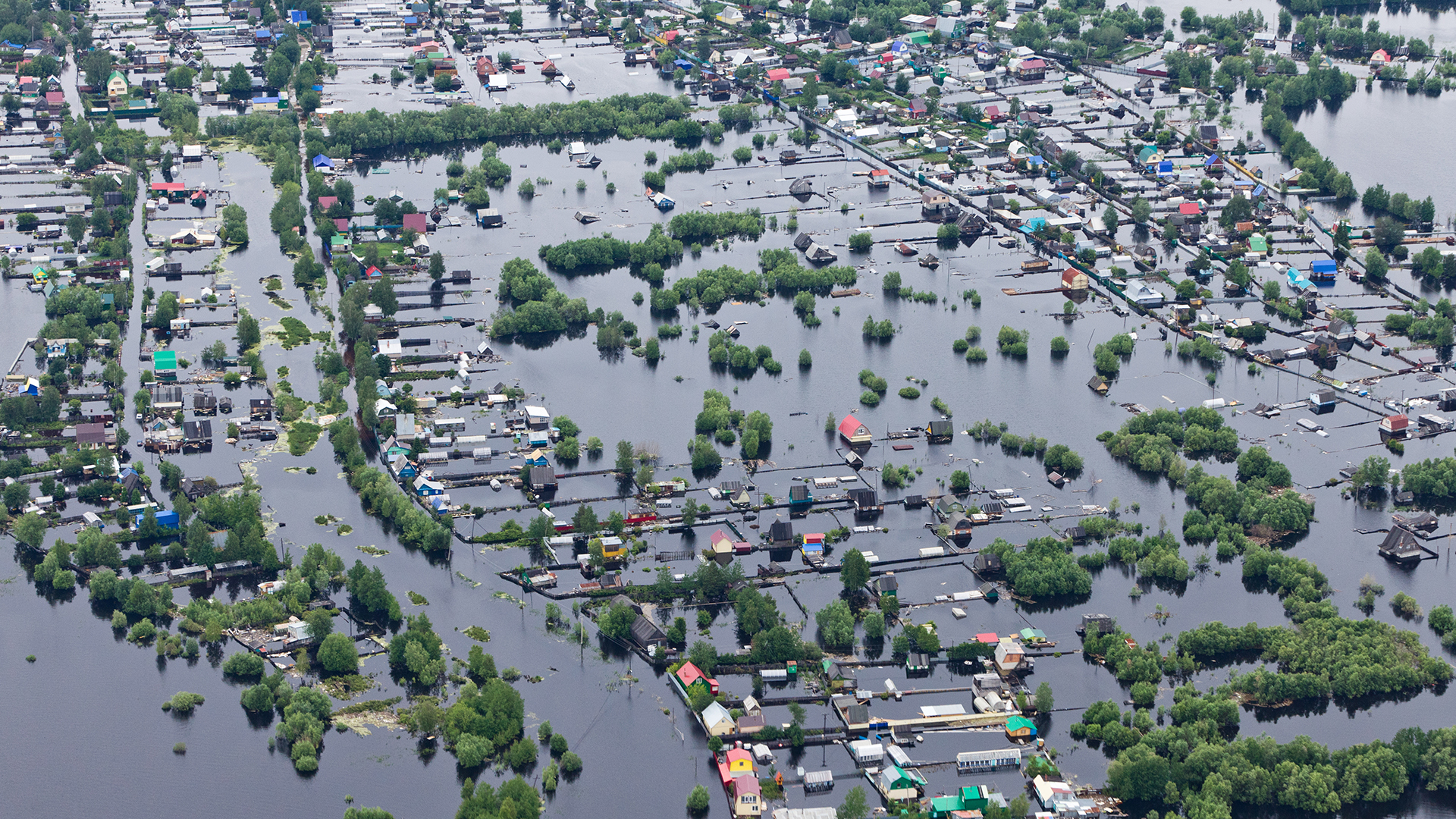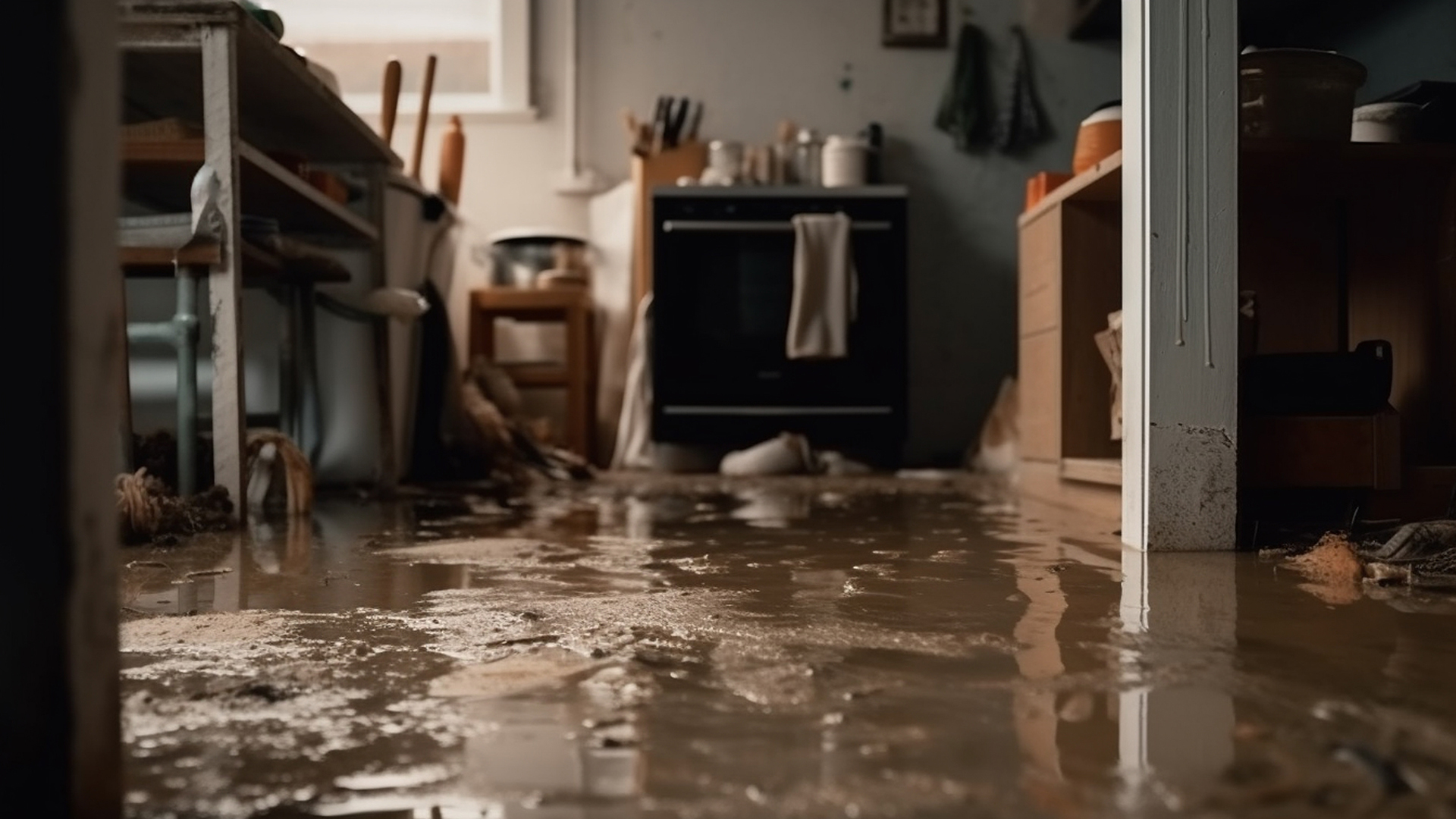To bulletproof your flood claims process, focus on strict NFIP compliance, thorough forensic assessment techniques, and standardized scoping protocols. Document water lines, use moisture meters, and distinguish flood from non-flood damage with precision.
Build policyholder trust through empathy while maintaining efficiency, and implement multi-level quality control systems. These proven systems create superior adjusting results in catastrophic situations.
The difference between average and exceptional flood adjusting lies in these systematic approaches.
Mastering NFIP Compliance: Essential Guidelines for Adjusters
Why do so many adjusters struggle with National Flood Insurance Program compliance? The answer lies in its complex documentation requirements and strict procedural standards that differ markedly from standard homeowner policies.
You’ll need to master the unique aspects of flood insurance policies to properly serve property owners. Start by thoroughly documenting all potential damages with precise measurements and detailed photographs of water damage lines. Remember that NFIP requires separation between flood and non-flood damage – a critical distinction that affects coverage.
Always reference the NFIP Claims Manual when determining covered items, and maintain meticulous records of all communications. Your commitment to these compliance standards doesn’t just prevent claim denials—it provides swift, compassionate assistance to homeowners during their most vulnerable moments.
Forensic Flood Assessment: Techniques That Ensure Accurate Documentation
When floodwaters recede, the real investigative work begins for adjusters who must distinguish legitimate flood damage from pre-existing conditions or other water sources. Your flood damage assessment requires meticulous attention to structural damage curves—the distinctive horizontal waterlines that indicate true flood impact.
Begin your water damage evaluation by documenting tangible damages through multiple methods. Photograph all affected areas from various angles, focusing on waterlines and debris patterns. Employ manual inspection methods like moisture meters to detect hidden saturation within walls and subfloors.
Test materials by examining swelling, warping, and corrosion patterns. Remember that flood damage creates specific characteristics: silt deposits, contamination evidence, and consistent damage heights across adjacent structures. These forensic techniques provide irrefutable documentation that supports your policyholders’ legitimate claims while protecting against fraudulent ones.
The Adjuster’s Playbook: Standardized Scoping for Flood Damage
Three critical elements form the foundation of standardized flood scoping: systematic inspection protocols, consistent documentation methods, and accurate measurement techniques. When you follow these principles, you’ll deliver more reliable flood damage assessments for policyholders in their time of need.
Begin each inspection with a room-by-room approach, documenting water damage evaluation findings in consistent formats that meet documentation standards. Measure inundation levels precisely, recording them at multiple points to account for uneven flooding patterns.
Standardized scoping guarantees claims processing flows smoothly, preventing costly revisits and reducing payment delays. Your meticulous attention to these details provides clarity for carriers while giving homeowners confidence their recovery is being handled with professional care and precision.
Building Policyholder Trust During Catastrophic Events
Most flood victims face the worst day of their lives when you arrive at their property. Your approach to this sensitive situation directly impacts their recovery expedition. As insurance professionals, you’re not just evaluating damage—you’re providing hope through reliable policyholder communication strategies.
In coastal communities, where flooding is increasingly common, building trust means acknowledging both tangible losses and intangible damages like emotional distress and displacement. You’ll gain confidence by explaining coverage limitations clearly while highlighting available benefits.
BSA’s community-based operations succeed because we recognize that compassion isn’t optional—it’s essential. When policyholders see you as a champion rather than an obstacle, they’re more receptive to the claims process. The greatest skill in catastrophic situations is balancing empathy with efficient assessment, allowing victims to begin rebuilding their lives.
Quality Control Systems: Preventing Common Flood Adjustment Errors
Accurate flood claims processing depends on strong quality control systems that catch errors before they impact policyholders. Your quality control processes should include multi-level reviews focused specifically on flood damage assessment protocols unique to water-damaged homes.
When evaluating residential properties, implement a structured checklist system that separately verifies structural damages and contents damage calculations. Common errors occur when adjusters fail to properly document water lines, overlook hidden moisture damage, or incorrectly categorize pre-existing conditions.
Establish periodic calibration sessions where senior adjusters review random claim files to maintain consistency across your team. Document each quality control finding to identify training opportunities and prevent recurring issues. Remember, a vigorous QC system not only protects carriers from compliance issues but ultimately serves policyholders through fair, accurate settlements.Insurance Adjuster Firm and Claims Management Servicesour Team’s Flood Expertise
Effective flood adjusters don’t simply appear overnight—they’re built through rigorous, specialized training programs that focus on the unique challenges of water-damaged properties. Your team must understand how natural hazards affect different construction materials and accurately distinguish direct damages from pre-existing conditions.
Invest in provincial flood damage assessment study courses that teach adjusters to properly assess residential and commercial properties. Regular simulation exercises should replicate real-world scenarios, allowing staff to practice documentation techniques before facing actual disasters.
Cross-train your team members across departments to guarantee comprehensive knowledge of both field assessment and claims processing. This holistic approach creates adjusters who can maneuver complex flood scenarios while maintaining empathy for policyholders experiencing one of their most vulnerable moments.
Secure Flawless Flood Claims Resolution Now
Are flood claims overwhelming your adjusters and frustrating your policyholders? BSA Claims‘ specialized flood adjusting team has maintained a 98% NFIP compliance rate while reducing cycle times by 35% compared to industry averages.
Our flood specialists have successfully processed over 15,000 flood claims across the Southeast, developing unparalleled expertise in NFIP requirements, documentation standards, and policyholder communication during these challenging events.
Request our comprehensive flood claims process evaluation today. We’ll assess your current protocols against NFIP best practices and identify specific improvements to enhance accuracy, speed, and policyholder satisfaction.
Contact our flood claims specialists at (877) 761-2332 or email [email protected] before the next major flood event puts your processes to the test.






